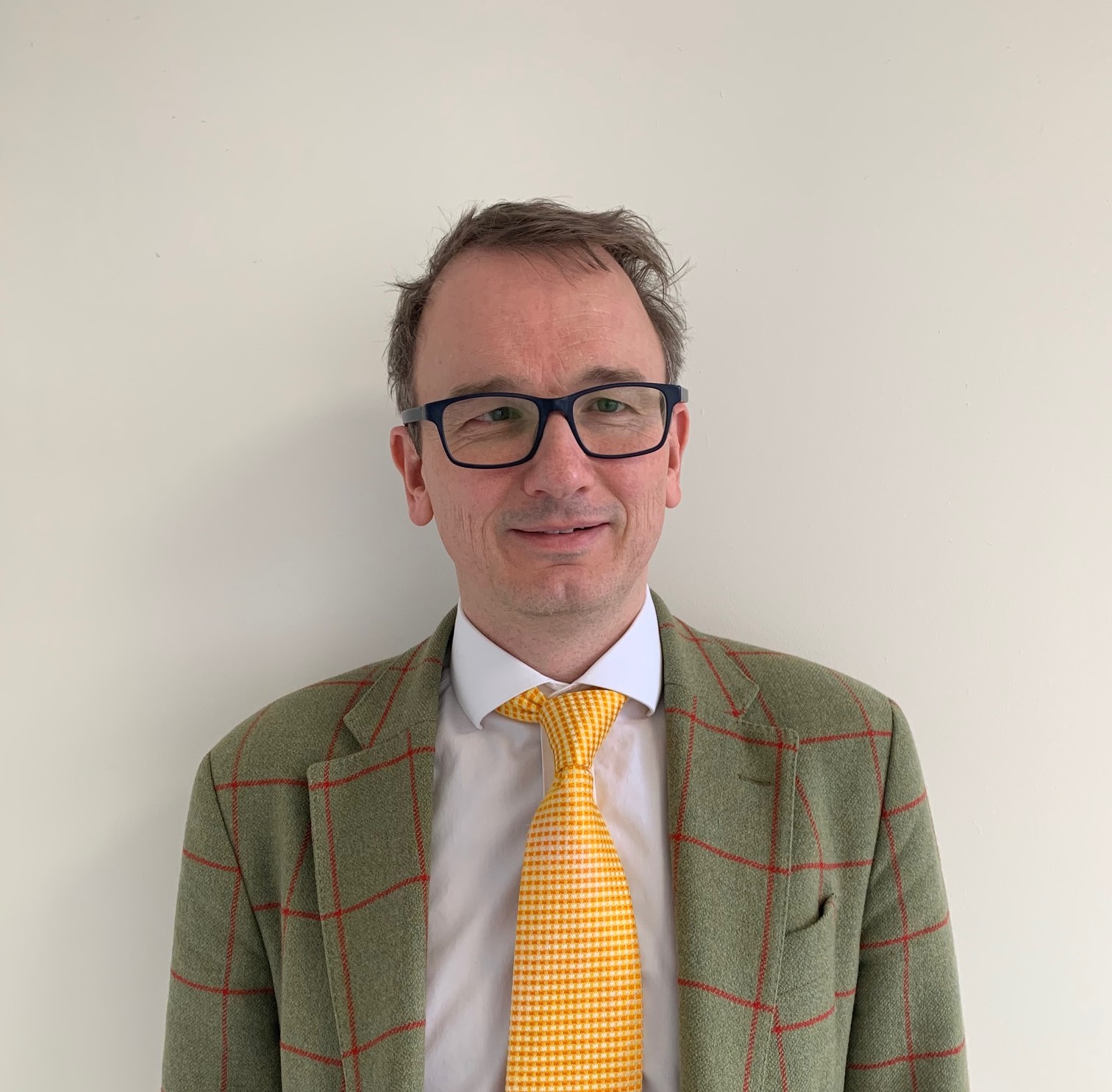
We are in good company have chosen Glasgow for our meeting. I think COP26 is a good warm up act for the key meeting in Glasgow next year: BNMS Spring meeting! Joking aside Glasgow is a great venue and I am sure our meeting will be a great success so I urge you both to submit abstracts by 26 Jan 22 and to attend the meeting. Although in the virtual space you can learn plenty you do miss out on those informal conversations in the wings with colleagues and with industry, and the social aspects of the meeting too. We as community need to make sure we are doing everything we can from a climate change perspective in the practice of nuclear medicine. Time to start thinking about what we should do going forward.
Our next Autumn meeting will be in Swansea on 11/12 November 2022 which is being led by Neil Hartman. I know we can expect amazing Welsh hospitality, much dancing as well as great nuclear medicine. I would like to thank Neil for putting his hand up. This continues are theme of meetings throughout the UK which can be no bad thing.
Despite the pandemic the BNMS finances are in good shape as result of careful management by Jilly Croasdale and Charlotte Weston. Not all societies have been so fortunate and this is nothing we should have taken for granted. The BNMS is well positioned to deliver its mission as we emerge from the pandemic.
We have been working with a group who are keen to establish a nuclear reactor in Wales to provide medical isotopes and ensure UK supply in our post Brexit era. I am sure you would all agree this would be great for UK nuclear medicine if it comes to fruition. We have written to the new Secretary of State for Health – Sajid Javid – highlighting the issue of nuclear medicine technologist professional registration and hope he will be more receptive than his predecessor. We are working with IPEM and SCOR on this campaign too.
I attended EANM virtually which was inspiring by virtue of what is going on in European Nuclear Medicine. The biggest topic of the conference was theranostics and potential of our speciality to deliver for patients in this space; selecting the patients who will benefit most from novel therapies and monitoring their response to treatment. There are many potential applications and a lot of excitement around this. There was a call to arms to increase the multidisciplinary therapy workforce and infrastructure in order to make this a reality.
Finally, thank you all for the vital work you continue to do for our patients in these challenging times. The practice of nuclear medicine has never been more important in patient care.
Prof Richard Graham
BNMS President
 An interview with Gerard McKiernan for BNMS2024 https://youtu.be/sP4eRjS1Hb4?si=ZF1RPE5ge2qbu5do
An interview with Gerard McKiernan for BNMS2024 https://youtu.be/sP4eRjS1Hb4?si=ZF1RPE5ge2qbu5do